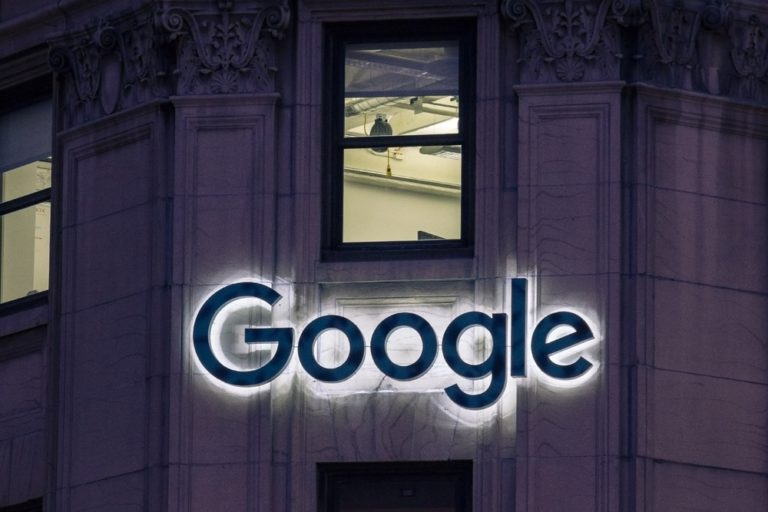Netflix’s latest Japanese live-action anime, Yu Yu Hakusho, is grabbing the attention of global audiences. The series, created by Yoshihiro Togashi and produced by Akira Morii has become increasingly popular, following the successful reception of other Netflix Japanese live-action animes such as Death Note and Alice in Borderland.
Key Takeaways:
– Yu Yu Hakusho is the most recent Netflix Japanese live-action anime gaining popularity.
– The genre is gaining immense reputation with viewers globally.
– Other Netflix adaptations such as Death Note and Alice in Borderland have received rave reviews from fans and critics.
– Yu Yu Hakusho is created by Yoshihiro Togashi and produced by Akira Morii.
The Rise of Live-action Anime Adaptations
Over recent years, live-action anime adaptations have seen a surge in popularity. Netflix has been at the forefront of this wave, churning out one successful series after another. Notably, shows like Death Note and Alice in Borderland have received widespread acclaim from both fans and critics alike. Clearly, there’s a booming global market for live-action anime, and Netflix is capitalizing on it.
Yoshihiro Togashi’s Yu Yu Hakusho
The most recent addition to Netflix’s roster of Japanese live-action anime is Yu Yu Hakusho. Created by the brilliant mind of Yoshihiro Togashi, this series is already demonstrating its potential. Although it’s still in early stages, Yu Yu Hakusho has generated quite a buzz among anime enthusiasts around the world.
Togashi’s work is known for its captivating storyline and engaging characters. Coupled with Morii’s skilled production, Yu Yu Hakusho promises to deliver an unforgettably immersive viewing experience.
Influence on the Global Audience
The global interest in anime and its live-action adaptations cannot be ignored. These series have broken down cultural barriers and built bridges between nations. People worldwide are not only enjoying these shows but are eagerly anticipating future releases.
The universal appeal of series like Yu Yu Hakusho, Death Note, and Alice in Borderland, is a testament to this. Despite originating from Japan, these themes are relatable to audiences everywhere, producing a shared viewing experience that defies geographical limits.
The Future of Live-action Anime
Given the positive reception and growing global audience for the genre, it’s clear that live-action anime adaptations are here to stay. As new titles continue to release on platforms like Netflix, fans can look forward to even more quality content from talented creators like Yoshihiro Togashi.
In conclusion, live-action anime series like Yu Yu Hakusho are quickly becoming a mainstay on Netflix. With stellar content that hooks worldwide audiences, this trend shows no signs of slowing down. Netflix continues to invest in original, engaging, and diverse series, ensuring it remains a leading player in the streaming world.
So, whether you’re a long-time anime fanatic or a neophyte looking to explore the genre, keep your eyes peeled for new releases on Netflix. Who knows, you might just discover your new favorite series.










